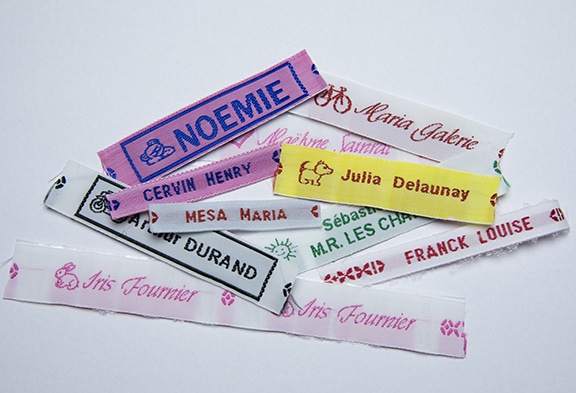Labels are not a practical part of clothing but are essential for many reasons. There are seven different sorts of labels that may be seen on clothing. Each label serves a specific function and contains data.
Main or Brand Label
The main labels denote a company’s brand name or logo that sources and sells clothing. Brand labels influence customers since they only know and buy the brand they are familiar with it. In addition, the product quality, durability, and feel-good factor are all linked to the brand level. For example, we shop for LVMH dress, Tommy Hilfiger shirts and Polo shirts, Zara skirts, and so on.
Size label
A size label specifies a collection of human body dimensions. To indicate a specific size, this labels put into the garment. For example, S denotes Small, M for Medium, and L for Large size clothing. Thus, the consumer is aware of which size best suits them. When a consumer goes shopping, he or she selects garments that are appropriate for his or her size and fit.
Wash care label
This label contains instructions for washing and ironing. Care labels aim to advise users about what not to do while washing, drying and ironing to retain colour, especially printed patterns, post-wash shrinkage, and colour bleeding concerns. A care label may also contain a few more pieces of information, including as
- Care labels provide information about fiber content as well. i.e. 30% poly, 70% cotton
- Nation of Origin: The country’s name that created the product is also mentioned on the care label, for example, Made in Italy.
Flag label
At the exterior side seam, a small label is affixed. Usually, flag labels consist of the brand logo and are used chiefly as design elements.
Manufacturer label
The manufacturer’s code provided by purchasers is included on this label. The majority of foreign purchasers obtain clothes from all around the world and distribute them across the globe. This code is used by buyers who need to find out the producer of a particular product.
Batch labelling
A label that identifies the sewing line or batch that produced the garment. Buyers and brands usually do not inquire about this label. As a result, few clothing producers include this label in the internal quality check process to correct the line that produced the clothing and the check. Usually, this label is connected to the labelling of the side seam.
Special label
An example of such unique labelling is 100 per cent Organic Cotton. At the moment of purchase, special labels are usually affixed to attract client attention.


